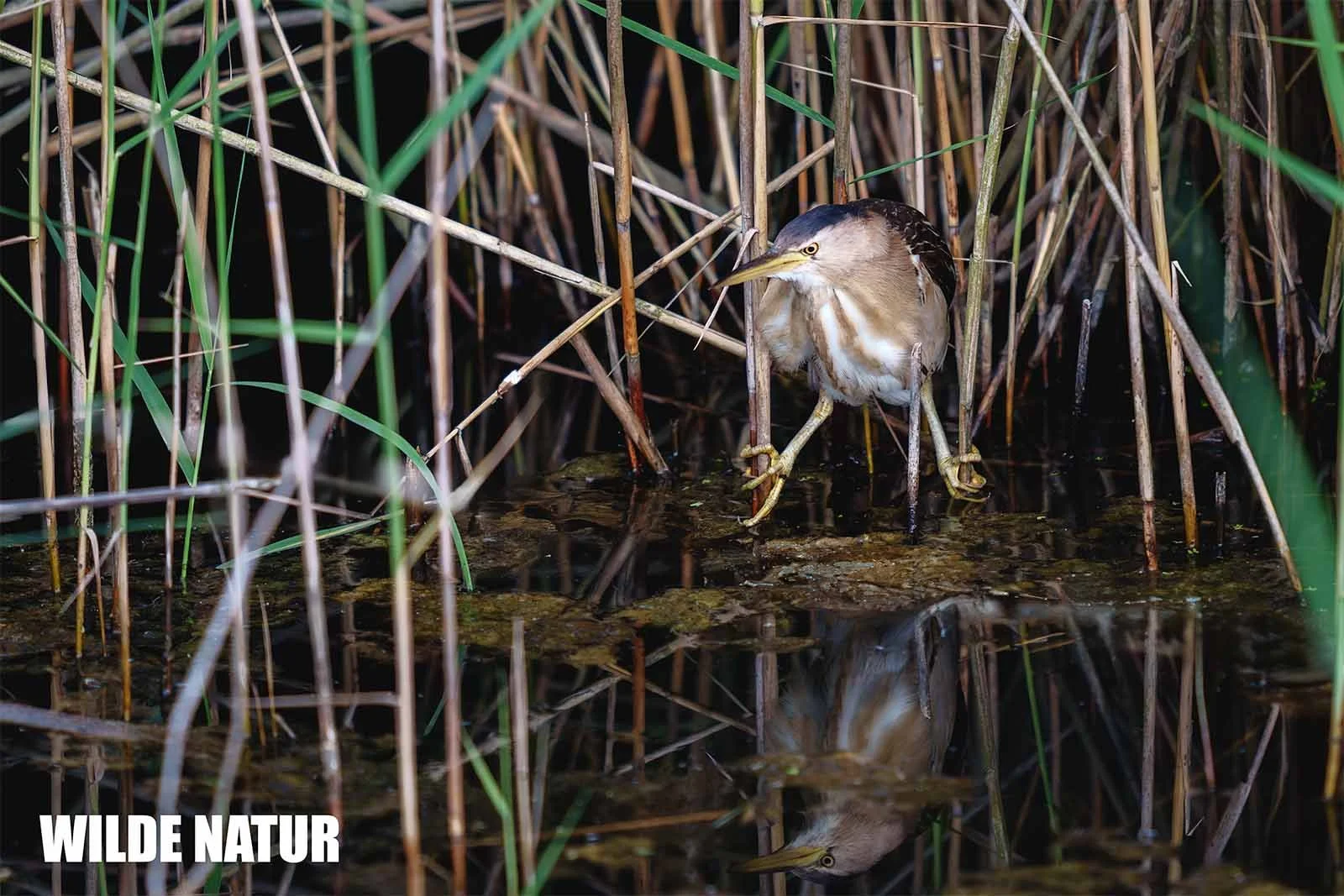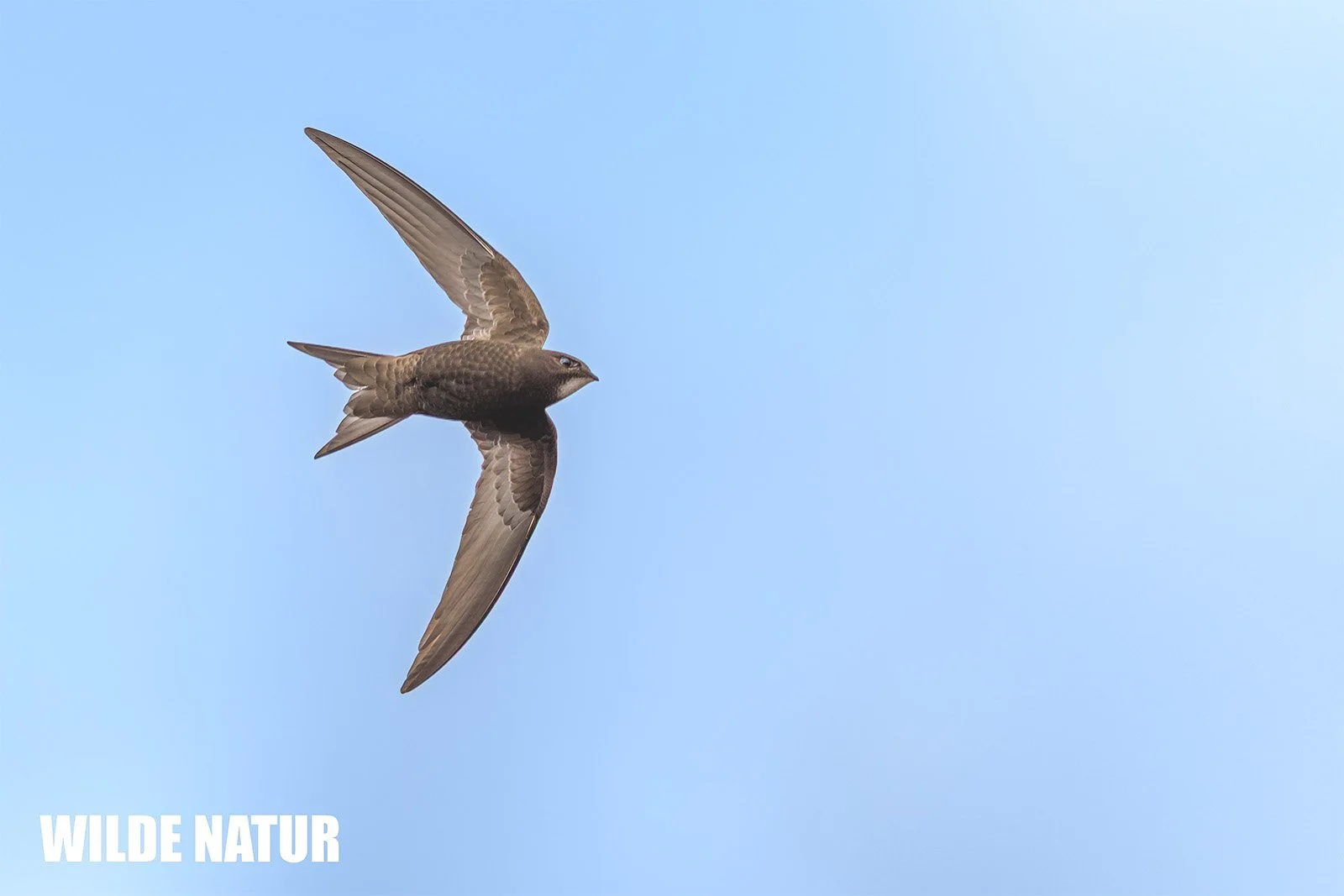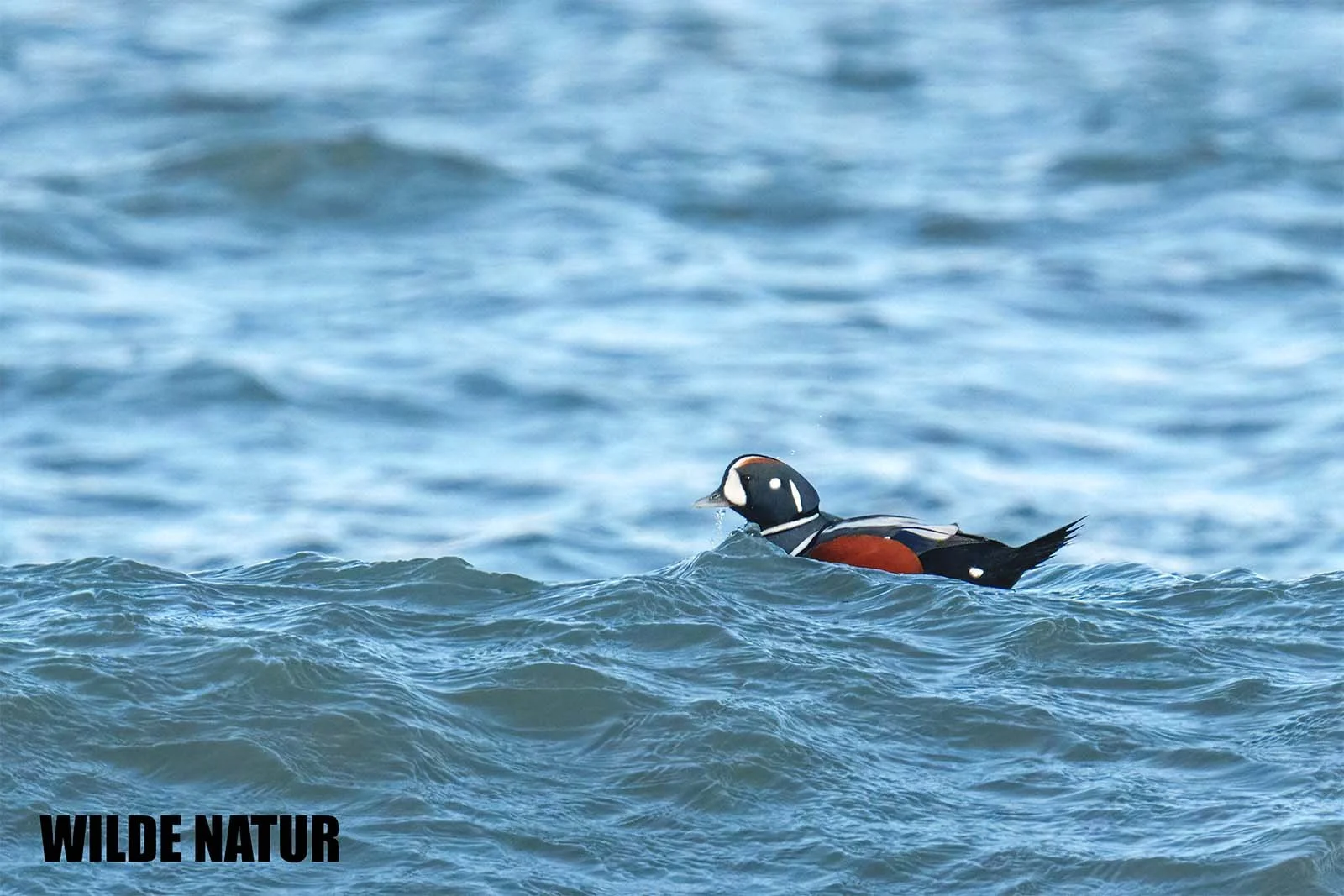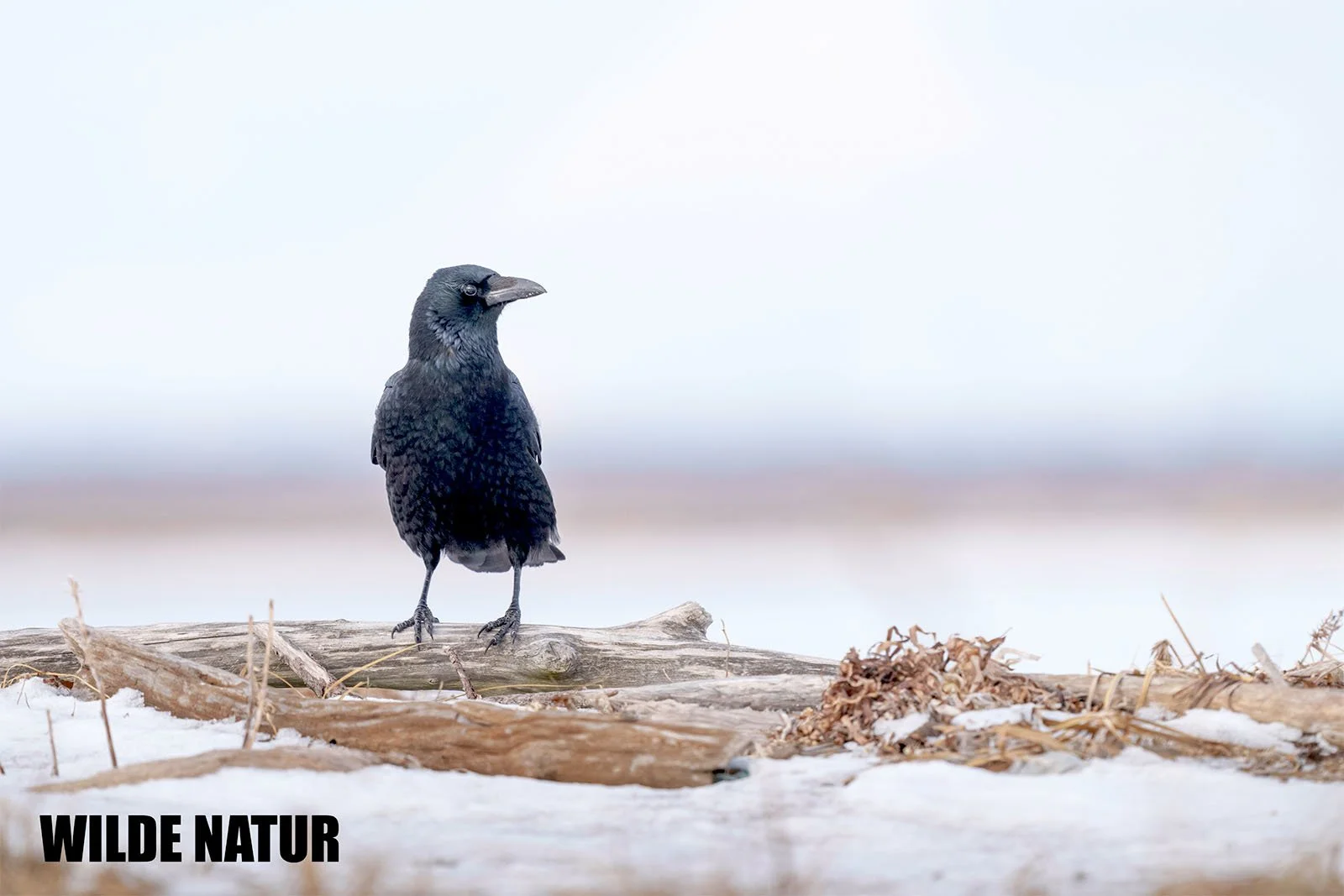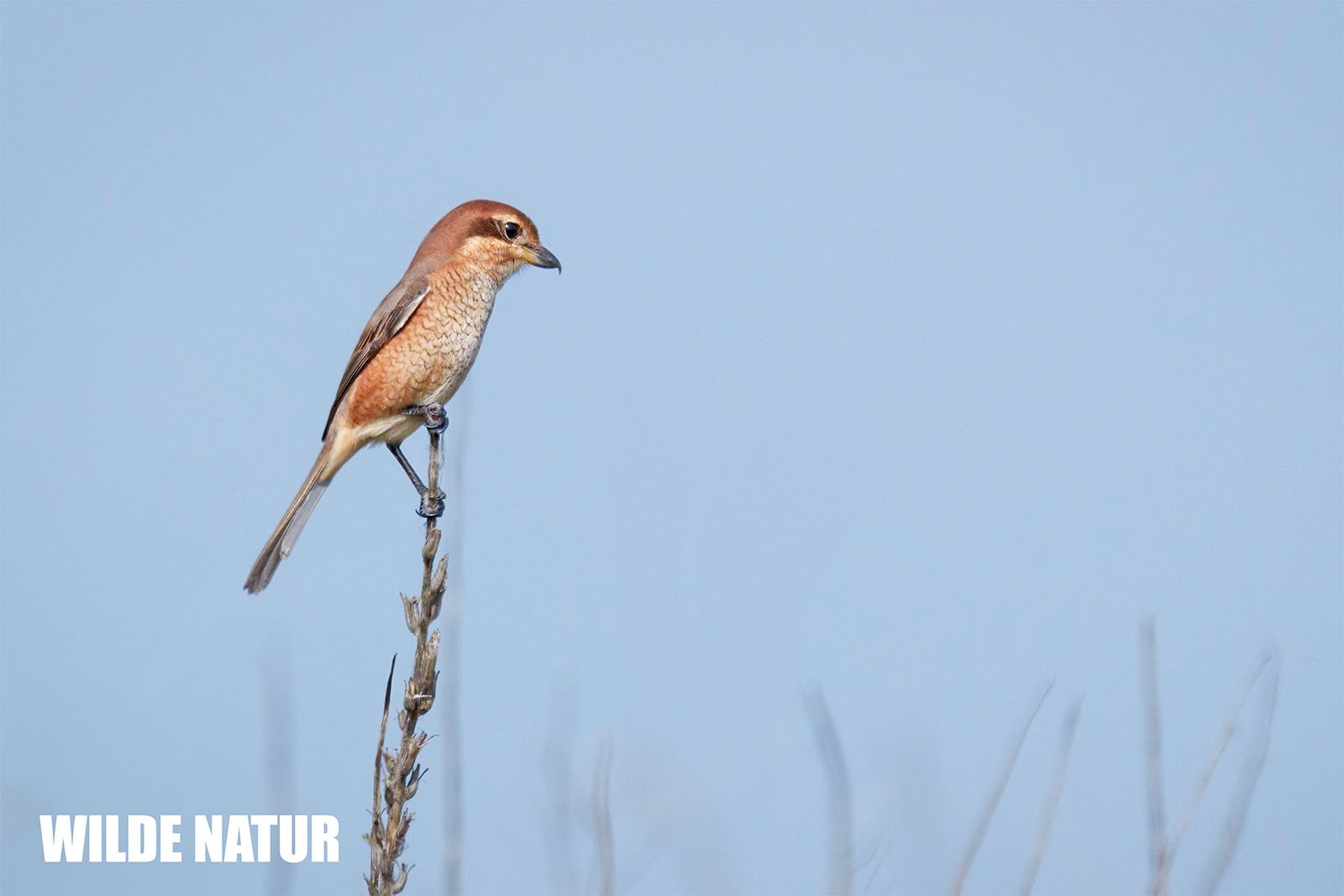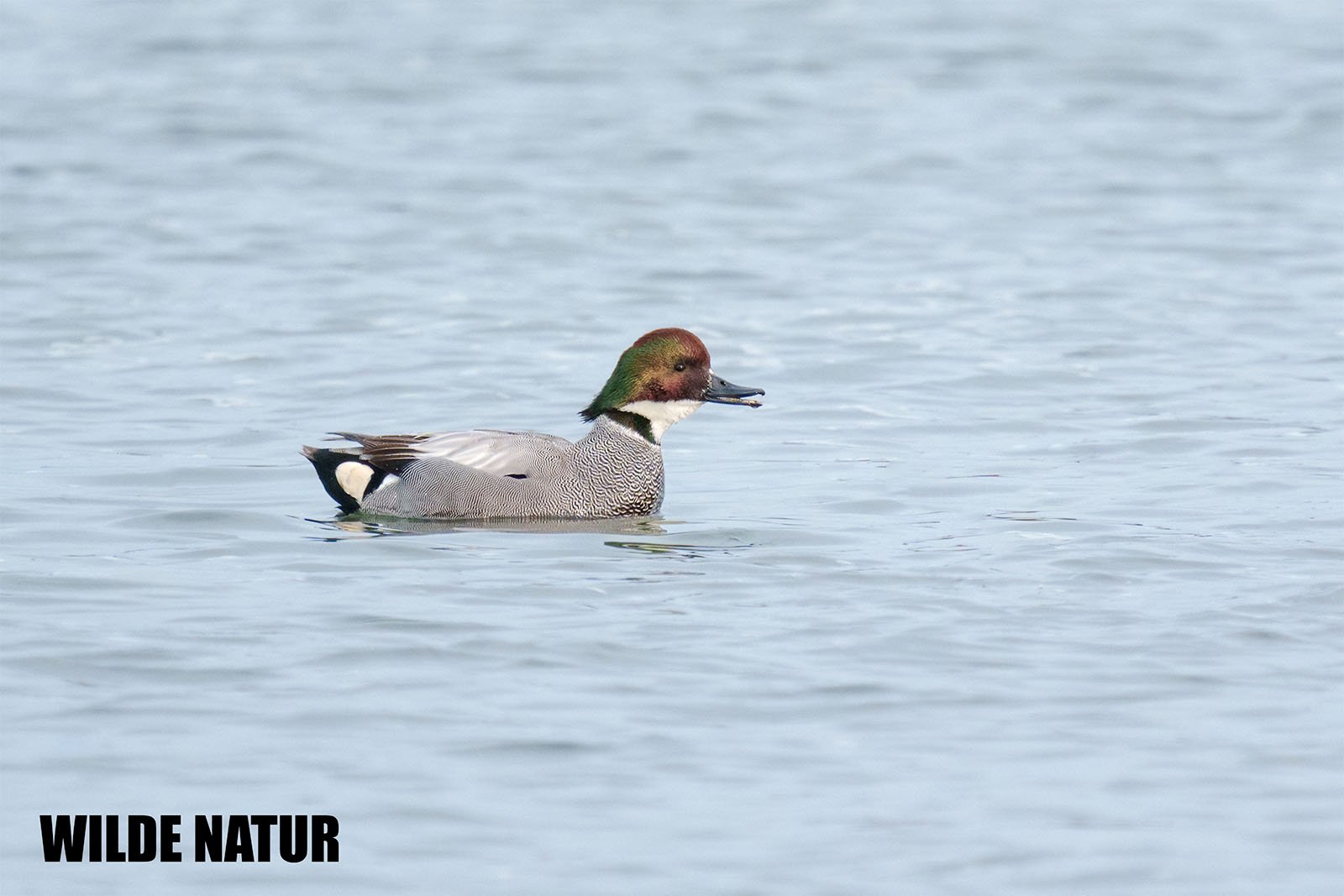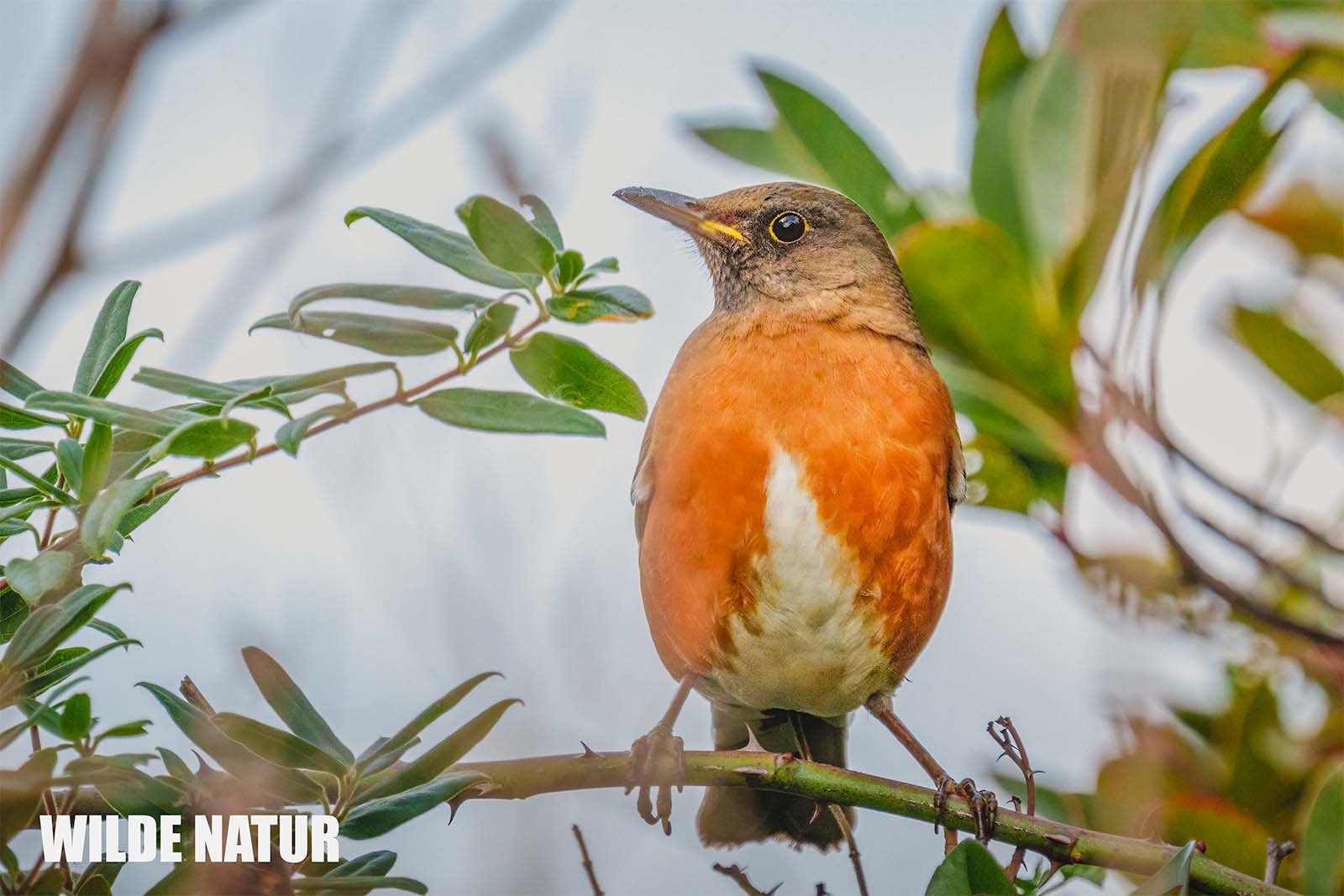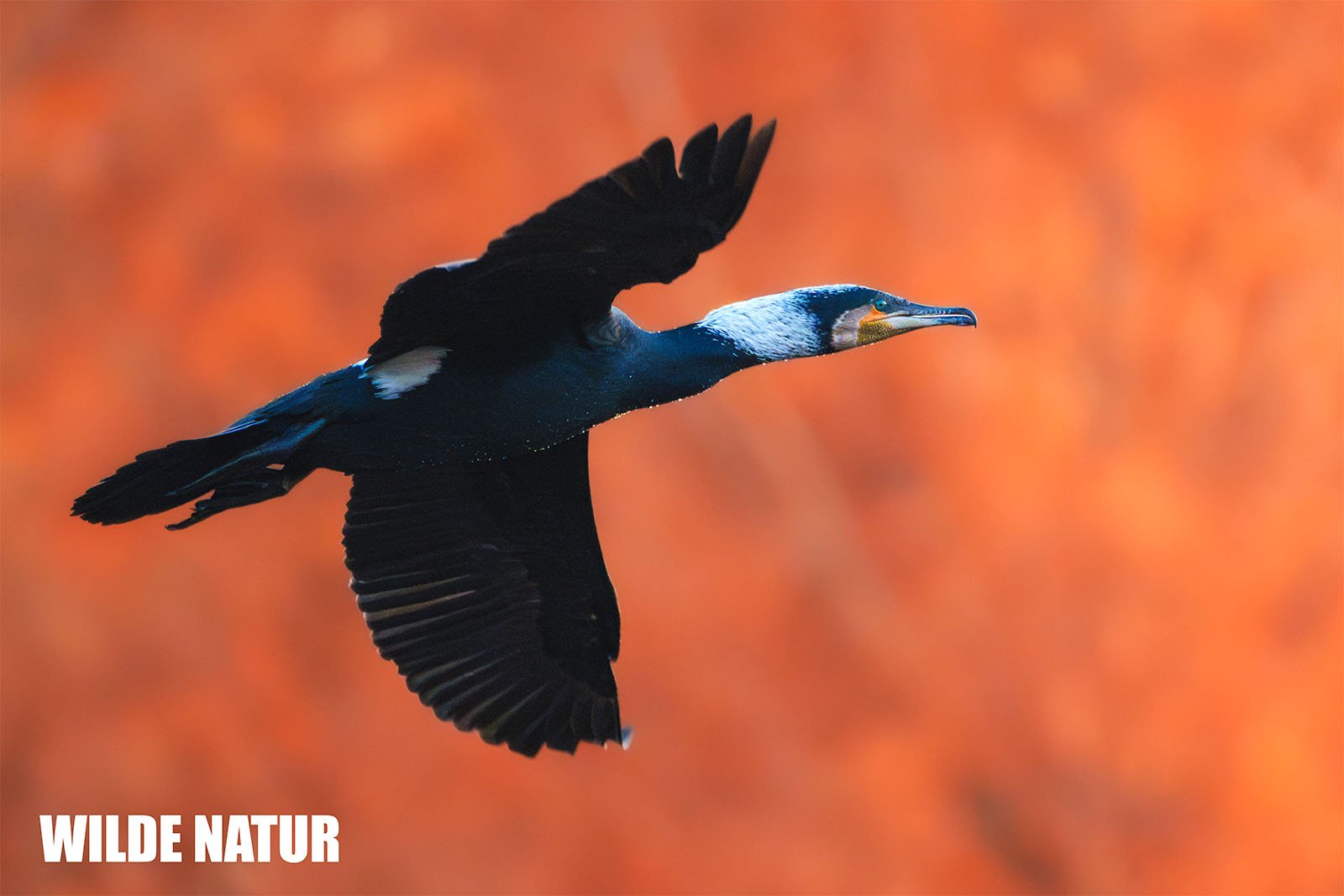Grey heron (Ardea cinerea)
Grey heron (Ardea cinerea) in a pond reflecting the colours of the plants on the shore
The Grey Heron (Ardea cinerea): A Graceful Hunter in Wetlands
Key Facts:
- Size: 84–102 cm
- Features: Slim, grey heron with a long, pointed beak that turns orange during the breeding season
- Habitat: Nesting colonies near forest edges, floodplain forests, and hillsides; often seen feeding near water and in wet meadows
- Breeding: Both partners share the care of the young; nests are often reused for many years
- Diet: Fish, frogs, small mammals, and worms
Table of Contents
- Habitat and Behavior
- Features and Plumage
- Beak and Eyes
- Breeding and Nesting Behavior
- Diet and Hunting Techniques
- Tips for Observing the Grey Heron
- FAQs about the Grey Heron
- Shortlist – Color Features
1. Habitat and Behavior
Grey Herons prefer wetlands like rivers, lakes, and marshes. They can also be found in wet meadows and floodplains. These birds live in colonies, often nesting near forest edges or high in treetops. When searching for food, they are often seen alone or in small groups, quietly walking through shallow water. Their hunting technique is impressive: they wait patiently in one spot until a fish, frog, or small mammal comes within reach.
2. Features and Plumage
The Grey Heron has mostly grey plumage, with darker tones on the wings and back. Its chest and throat are marked with white stripes, giving the bird an elegant appearance. Juveniles have a grey forehead, making them less noticeable. The long neck, which is curved in an S-shape during flight, is another typical feature of this bird.
3. Beak and Eyes
The beak of the Grey Heron is long, pointed, and usually yellowish. During the breeding season, it changes to a bright orange color, especially in males as part of their courtship display. The eyes are yellowish and look alert, helping the heron stay aware of its surroundings even in dense reeds.
4. Breeding and Nesting Behavior
Grey Herons nest in colonies, often returning to the same spots year after year. The nests, built high in trees, are made of twigs and are regularly repaired. Both parents share the care of the young, with the clutch usually consisting of three to five eggs. After hatching, the young stay in the nest for about two months before attempting their first flights.
5. Diet and Hunting Techniques
The main diet of the Grey Heron is fish, which it catches in shallow water. It also hunts frogs, small mammals, and even worms. Its long legs and slim body allow it to wade through marshy areas while watching for prey. Once an opportunity arises, the heron strikes quickly with its beak to catch its meal.
6. Tips for Observing the Grey Heron
To observe Grey Herons, head to areas near water. They are most active in the early morning and at dusk when hunting. With patience, you can watch them slowly and carefully stepping through the water. Photographers should focus on the heron’s smooth movements and sharp eyes that constantly scan the environment.
7. FAQs about the Grey Heron
1. Where can I most often find the Grey Heron?
The Grey Heron is common in wetlands like rivers, lakes, and marshes. You can also spot them in floodplain forests and along quiet waters.
2. What does the Grey Heron mainly eat?
Its main diet is fish, but it also eats frogs, small mammals, and worms.
3. How can I recognize a Grey Heron?
The Grey Heron has grey feathers, a long yellowish beak that turns orange during the breeding season, and long, dark grey legs.
4. When is the best time to observe the Grey Heron?
The best times are early in the morning or in the evening when the birds are hunting for food.
5. How do Grey Herons nest?
They nest in colonies high in trees. The nests are often reused for many years and are regularly repaired.
8. Shortlist – Color Features:
- Size: 84–102 cm
- Plumage: Grey with white chest stripes
- Beak: Long, pointed, yellow to orange depending on the season
- Eyes: Yellowish, alert
- Legs: Dark grey to black, long and strong
- Habitat: Wetlands, rivers, lakes
- Diet: Fish, frogs, small mammals, worms
The Grey Heron is a majestic bird known for its elegance and impressive hunting skills. Its slow, deliberate movements and precise strikes make it a fascinating subject for nature lovers.




